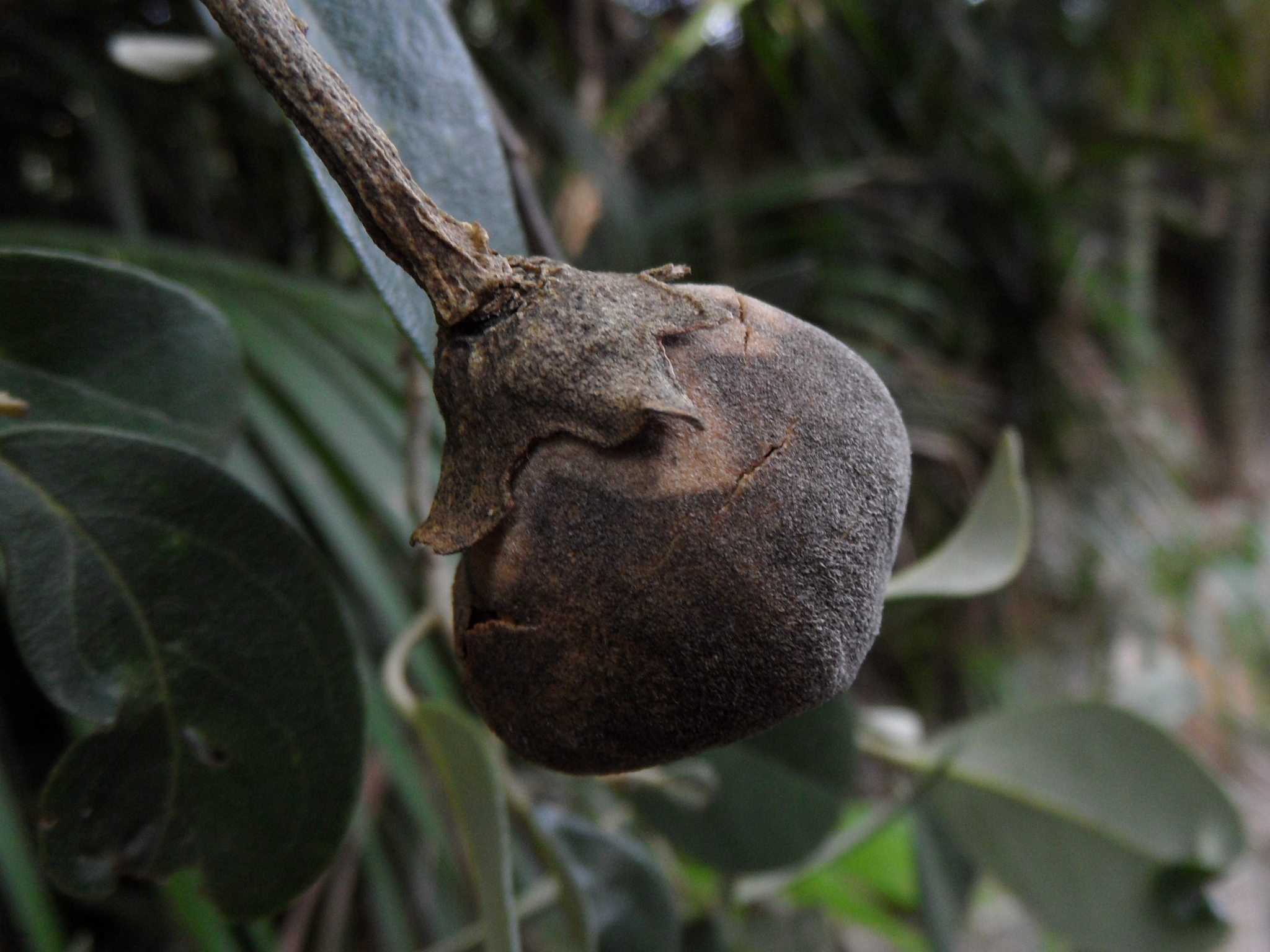
Herbs, lianas, shrubs, or trees, usually with stellate hairs on vegetative (and sometimes floral) parts, usually producing mucilage. Leaves alternate, simple, petiolate, often palmately lobed, or palmately-compound, entire to serrate, the teeth malvoid (i.e. with major vein unexpanded, and ending at the tooth apex), usually palmately-veined or occasionally pinnately-veined; stipules usually present. Inflorescence axillary, leaf-opposed or terminal, mostly many-flowered cymes or panicles, rarely flowers solitary or paired, with 3 bracts, one which is always sterile, while the others subtend lateral cymes or single flowers. Flowers bisexual or unisexual; epicalyx often present; sepals 5, free or united at base; petals 5, free, sometimes minute or absent; stamens usually numerous (rarely as few as 5), the filaments often united for most of their length into a tube (androgynophore), sometimes shortly adnate to petals, or free and opposite petals; anthers dehiscing by longitudinal slits or terminal pores; staminodes sometimes present; ovary superior, simple or on a gynophore, placentation axile; carpels 1–many (often 5), fused; styles free or united, capitate or lobed. Nectaries composed of of dense glandular hairs on sepals or petals or androgynophore. Fruit usually a loculicidal capsule, schizocarp, nut, indehiscent pod, aggregate of follicles, drupe, or berry or samara.
About 243 genera with over 4200 species, almost cosmopolitan but commonest in the tropics; 68 genera and c. 760 species in Australia.
Now includes Bombacaceae, Tiliaceae and Sterculiaceae. This treatment follows Stevens, P.F. (2018, Angiosperm Phylogeny Website).
Source: (1997). Malvaceae. In: . Horticultural Flora of South-eastern Australia. Volume 2. Flowering plants. Dicotyledons. Part 1. The identification of garden and cultivated plants. University of New South Wales Press.
Updated by: Val Stajsic, March 2018
